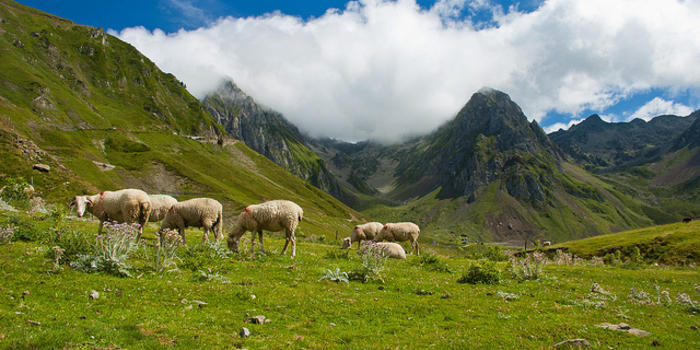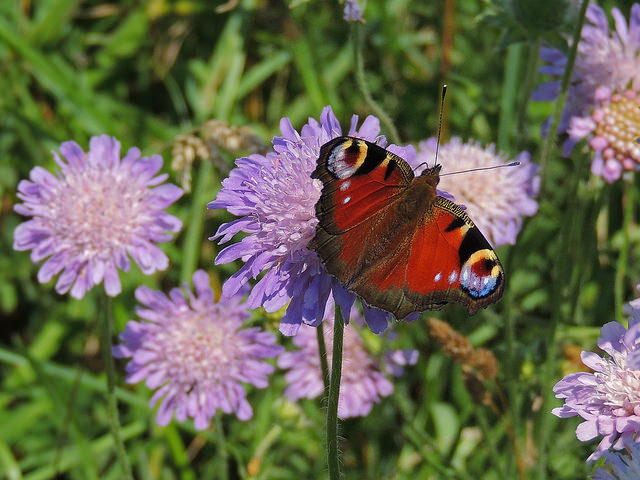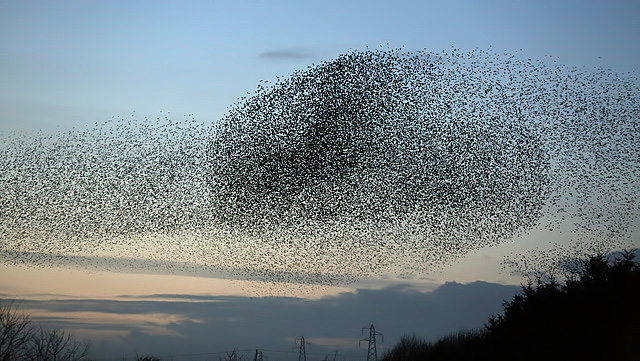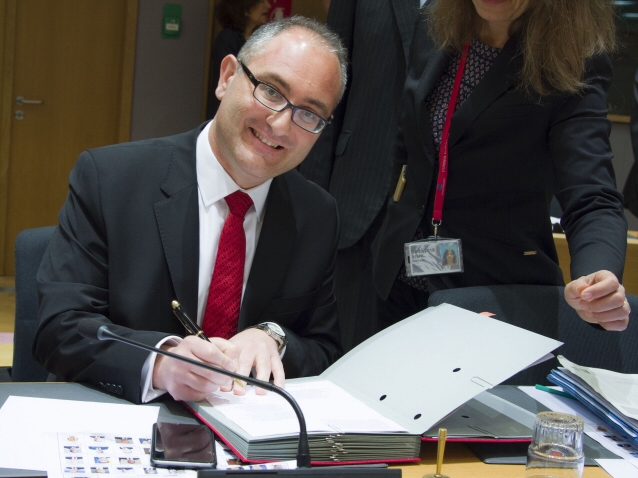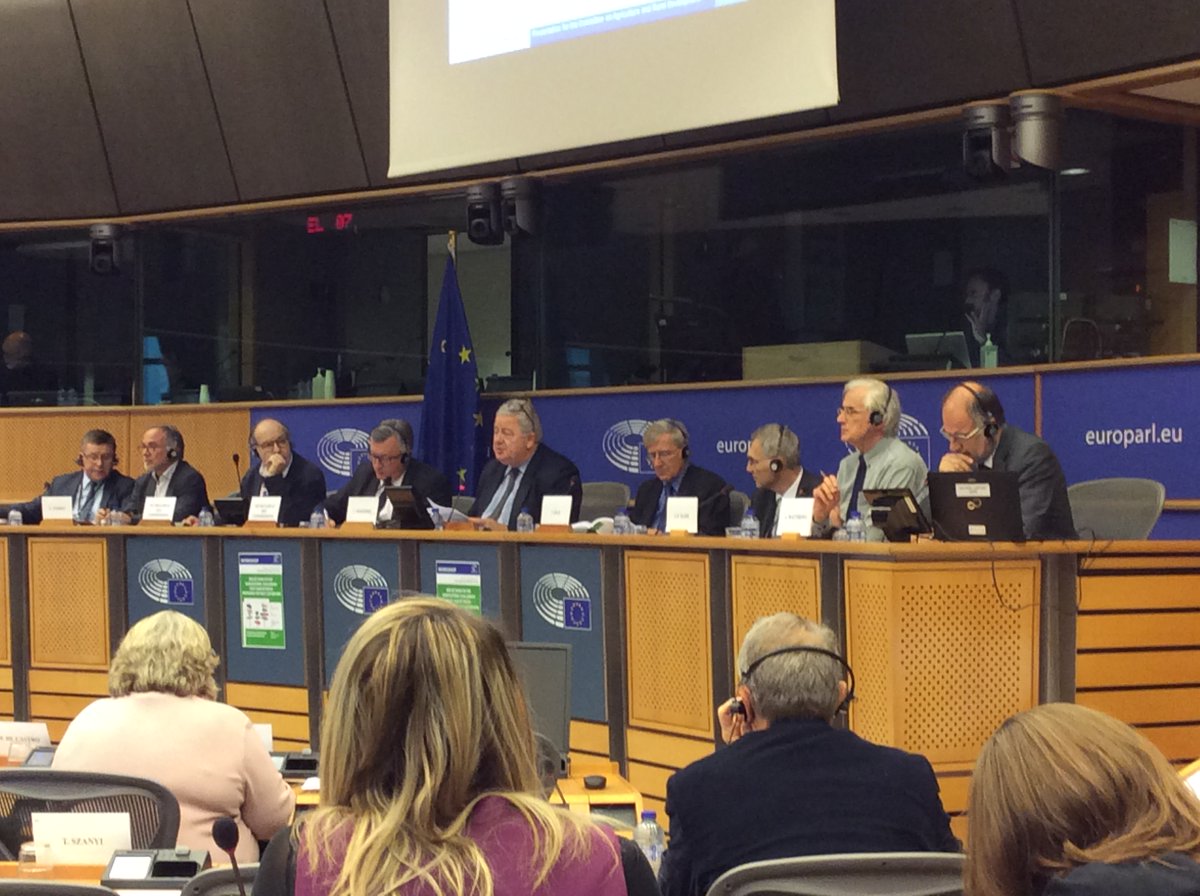Brussels returns to business this week, but slowly from the perspective of deciding on the shape of the CAP post 2020. COMAGRI is scheduled to meet on Wednesday 4 September to discuss the Union’s general budget for the financial year 2020. Also on the agenda is an item “Approval of recommendations from AGRI Coordinators” which may reveal how the Committee plans to proceed with the CAP post 2020 files.
The choices range from endorsing the work of the previous Committee and forwarding its Reports to the new Parliament for adoption, to starting afresh to re-examine the Commission’s proposal. According to Euractiv reporting in late July, the AGRI Coordinators are leaning towards a middle way, resubmitting the Reports to the Committee and keeping them open to new amendments but without radical changes (though its not clear to me how that would be enforced).… Read the rest


